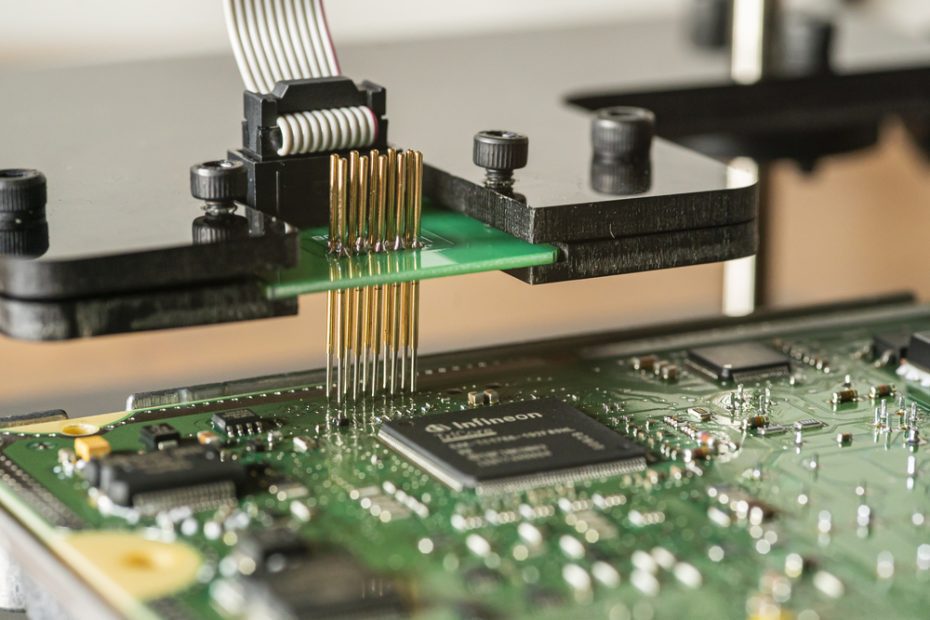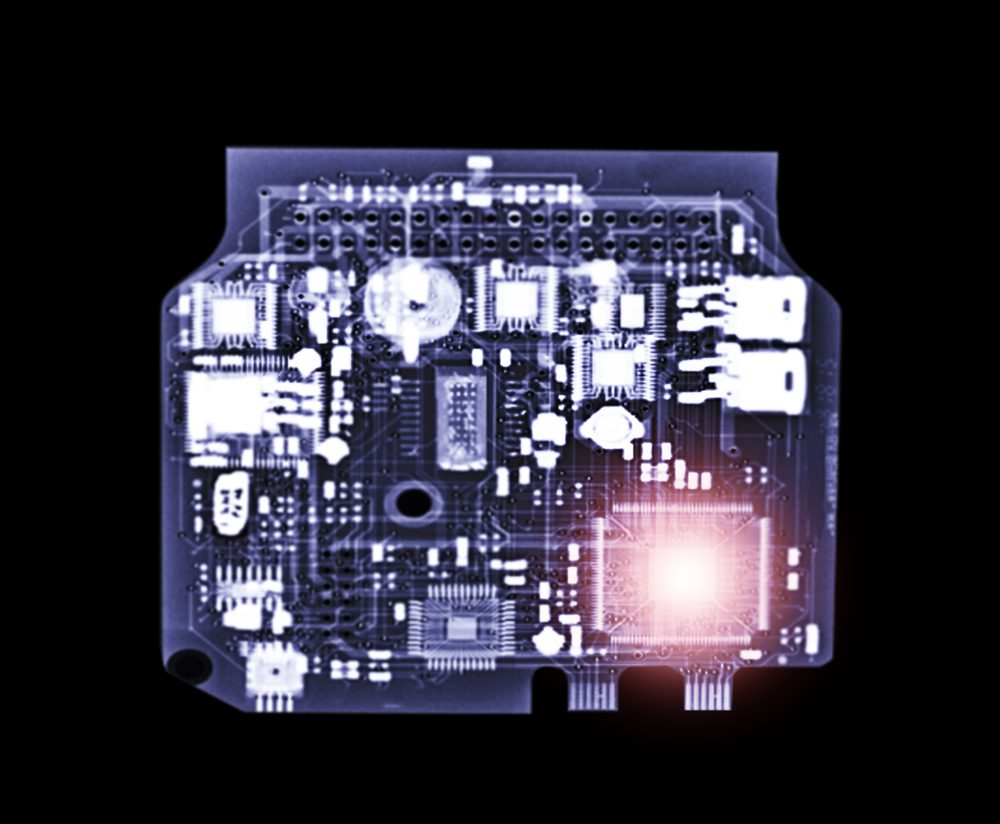What language is used to program a car ECU?
The programming of a car’s Electronic Control Unit (ECU) involves writing code that controls various aspects of the vehicle’s performance, including engine management, transmission, and other systems. The language used for this purpose depends on the specific ECU manufacturer and model.
Common Programming Languages for Car ECUs
There are several programming languages commonly used for programming car ECUs. These include:
- C/C++: C and C++ are widely used for programming car ECUs due to their efficiency and ability to interact with hardware at a low level. They provide direct access to the ECU’s memory and registers, allowing precise control over the vehicle’s operations.
- Assembly Language: Assembly language is a low-level programming language that is often used for programming ECUs. It allows programmers to write highly optimized code specific to the ECU’s architecture, maximizing performance and efficiency.
- Embedded C: Embedded C is a variant of the C programming language specifically designed for programming embedded systems like car ECUs. It provides additional features and libraries tailored for the needs of embedded applications.
Each ECU manufacturer may have its own proprietary language or development environment for programming their ECUs. For example, some manufacturers use languages like MATLAB/Simulink or LabVIEW for developing ECU software.
ECU Development Tools and Environments
In addition to programming languages, there are various tools and environments used for developing ECU software. These tools provide an integrated development environment (IDE) that simplifies the coding, debugging, and testing processes.
Some popular ECU development tools include:
- Vector CANape: CANape is a comprehensive development tool used for ECU calibration, measurement, and diagnostics. It supports multiple programming languages and provides advanced features for real-time data analysis.
- ETAS INCA: INCA is a powerful measurement and calibration tool widely used in the automotive industry. It supports various programming languages and offers in-depth analysis capabilities for ECU development.
- MathWorks MATLAB/Simulink: MATLAB/Simulink is a popular environment for model-based ECU development. It allows engineers to design, simulate, and implement control algorithms using a graphical interface.
The Importance of ECU Programming
ECU programming plays a crucial role in modern vehicles as it determines how various systems interact and operate. It enables manufacturers to optimize engine performance, improve fuel efficiency, enhance safety features, and customize vehicle behavior to meet specific requirements.
ECU programming allows for fine-tuning and adaptation of the vehicle’s performance characteristics, ensuring optimal efficiency, power delivery, and overall driving experience.
Moreover, as technology advancements continue, car manufacturers are constantly developing new software updates and features to enhance the driving experience. ECU programming allows these updates to be applied, often over-the-air, bringing new functionalities and improvements to the vehicle.
What coding do cars use?
In today’s modern world, cars have become much more than just a mode of transportation. They are now sophisticated machines that rely on advanced computer systems to operate efficiently and safely. One of the key components in these computer systems is the Electronic Control Unit (ECU), which controls various functions of the car such as engine performance, fuel efficiency, and emissions.
Programming languages used in car ECUs
When it comes to programming an ECU, different car manufacturers use different programming languages. Some of the commonly used programming languages for car ECUs include:
- C: C is a popular programming language used in the automotive industry. It is known for its efficiency, low-level control, and ability to interface with hardware components. C is often used for writing the low-level code that directly interacts with the car’s hardware.
- C++: C++ is an extension of the C language and is widely used for developing complex software systems in the automotive industry. It offers features such as object-oriented programming, which allows for greater code reusability and modularity.
- Java: Java is another programming language that is commonly used in car ECUs. It is known for its platform independence, which means that the same code can be used on different hardware platforms.
- Assembly language: Assembly language is a low-level programming language that is specific to the architecture of the microcontroller used in the ECU. It is used for writing highly optimized code that directly controls the hardware of the car.
The importance of coding in cars
Coding plays a crucial role in the functioning of modern cars. It enables car manufacturers to implement complex algorithms and control systems that govern various aspects of the vehicle’s performance. Whether it’s optimizing fuel consumption, enhancing safety features, or improving engine efficiency, coding is at the heart of these advancements.
“Coding allows cars to become smarter, more efficient, and safer on the roads.”
The future of coding in cars
With the advent of autonomous vehicles and connected car technologies, the role of coding in cars is only set to increase. These advanced technologies rely heavily on software systems that require complex coding to operate effectively. As such, programming languages like C, C++, Java, and others will continue to play a vital role in shaping the future of automotive technology.
What is the difference between coding and programming a car ECU?
When it comes to car ECUs (Engine Control Units), there is often confusion surrounding the terms “coding” and “programming.” While they are related, they refer to different aspects of working with the ECU. Let’s take a closer look at their definitions and differences:
Coding
Coding involves configuring the settings and parameters of an ECU using specialized software tools. It is like changing the preferences or options of a device to suit specific requirements.
Quote: “Coding allows customization, such as enabling or disabling certain features, adjusting performance settings, or modifying hardware configurations.”
Programming
Programming refers to writing code or instructions that dictate how the ECU should function. It involves creating and modifying the software that controls various engine functions.
Quote: “Programming involves writing the logic and algorithms that govern how the engine operates and interacts with other components.”
Differences
While both coding and programming play a crucial role in working with a car ECU, their main difference lies in their focus and level of complexity:
- Coding deals with configuring existing settings, preferences, and options.
- Programming involves creating or modifying the software and logic that governs the ECU’s behavior.
In other words, coding is like customizing the ECU’s behavior within predefined boundaries, while programming is about designing the very foundation of how the ECU functions.
Despite these differences, coding and programming often go hand in hand when working with car ECUs. Both are essential for ensuring optimal performance, efficiency, and customization of the vehicle’s engine control system.
Conclusion
Coding in cars is not limited to a single programming language. Car ECUs are programmed using a combination of languages depending on the manufacturer and specific requirements. The use of languages like C, C++, Java, and assembly language allows car manufacturers to create sophisticated systems that enhance the overall performance and functionality of modern cars.



